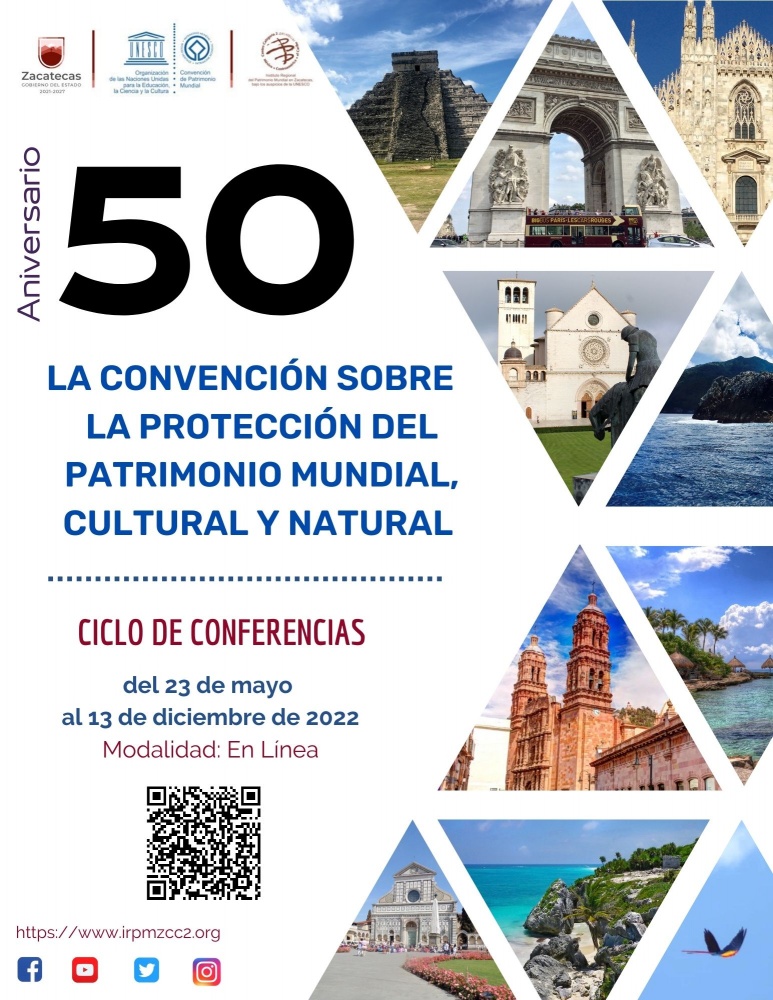Lecture Series. 50th Anniversary of the 1972 Convention

- Context
The Convention Concerning the Protection of the World Cultural and Natural Heritage was born from the union of two distinct movements: the first, which emphasized the danger looming over cultural sites during World War II, and the second, which focused on nature conservation.
The event that sparked particular international concern was the decision to build the Aswan High Dam in Egypt, which would flood the valley containing the temples of Abu Simbel, a treasure of ancient Egyptian civilization. UNESCO decided to launch an international campaign to raise funds to protect and relocate the temples piece by piece to higher ground. The campaign cost $80 million, of which $40 million was donated by 50 countries.
Consequently, UNESCO, with the assistance of the International Council on Monuments and Sites (ICOMOS), began drafting a convention on the protection of cultural heritage. The UNESCO General Conference adopted the Convention Concerning the Protection of the World Cultural and Natural Heritage on November 16, 1972.
This Convention is an instrument that helps to undertake specific actions for the preservation of World Heritage sites, recognizing their Outstanding Universal Value. Through it, States Parties commit to finding alternatives for their protection. Currently, there are 1,154 sites worldwide, of which 897 are cultural heritage sites and 218 are natural heritage sites.
Among the main functions of the Regional World Heritage Institute in Zacatecas, a Category 2 Center under the auspices of UNESCO, is to contribute to strengthening capacity building for the improved implementation of the 1972 World Heritage Convention and to share specialized technical knowledge.
Therefore, the Regional World Heritage Institute in Zacatecas has organized a series of conferences to reinforce and raise awareness of the importance this instrument has had over the past 50 years in the conservation of World Heritage sites.
- Objectives
- To deepen knowledge of the World Heritage Convention and its fundamental concepts.
- To understand the different normative and methodological frameworks for the application of the World Heritage Convention.
- To grasp the basic principles and aspects of World Heritage management.
- Target Audience
- Focal Points and Site Managers in Mexico, Central America, and the Caribbean.
- National and local.
- Authorities Community leaders and stakeholders involved with World Heritage.
- Educational institutions, researchers, academics, and students
- Coordination
- Regional World Heritage Institute in Zacatecas
- Note: Due to the overwhelming response to the Lecture Series, and in order to give more people the opportunity to participate, a new selection of participants for the Institute's videoconferencing platform will be conducted at each event.
- However, those who are not selected can follow the presentation via social media and register their attendance there, which will be considered valid.

